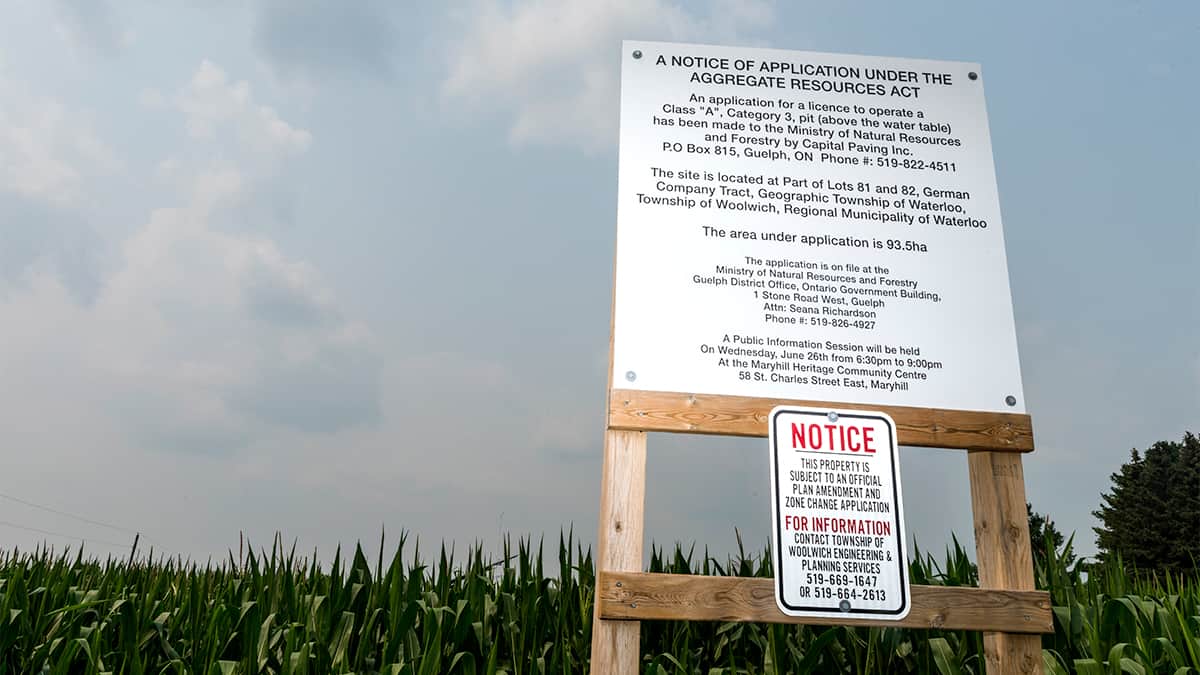The publicly owned power utilities in the region are closer to a merger, the idea having won approval from the largest municipal shareholder. Woolwich council jumped on the bandwagon Tuesday night, voting to see the process continue.
The merger of Waterloo North Hydro and Kitchener-Wilmot Hydro would create the province’s seventh largest utility, based on the number of customers served – some 158,000.
Woolwich, Wellesley and the city of Waterloo jointly own Waterloo North Hydro Holding Corporation, which in turn owns Waterloo North Hydro (WNH). The City of Kitchener and Wilmot Township own Kitchener Power Corporation, which wholly owns Kitchener-Wilmot Hydro. In both cases, the cities are the majority shareholders, ownership having been established based on population.
The merger plans – at this point a memorandum of understanding to formalize the amalgamation – were announced October 1, though WNH has been looking at merger options since 2017.
The process now moves to a public consultation process, with the deal expected to be completed next year.
Proponents say the merger will stabilize or lower rates on the small portion of electricity bills paid to the distribution company, pay higher dividends to the municipal owners and provide more resources for the larger company to solidify the local infrastructure.
“There are impacts of climate change that demand that we all change our carbon footprint and that we lessen our dependence on fossil fuels. To a large extent, this means far greater electrification of industry, home heating, transportation, and it’s going to create greater and greater demands on local utilities, Waterloo North Hydro Holding Corporation vice-chair Steven McCartney told councillors.
“First and foremost, we felt that a larger combined utility would be much better positioned to deal with those challenges. Secondly, we wanted to maintain local control. Finally, we wanted to protect local jobs and ensure the dividends are retained here in the region.”
The proposed merger anticipates annual savings of $2.9M due to streamlining and efficiencies. These annual savings will be passed on to shareholders during the first 10 years post-merger, and subsequently passed on to customers thereafter. WNH customers will receive ten-year rate stability and lower distribution rates as compared to a standalone scenario, according to a report presented to Woolwich council Tuesday night.
Council approval followed a presentation by WNH chief executive Rene Gatien and McCartney.
Gatien had noted the municipal owners of the combined utility company could expect higher dividends over the first 10 years, and stable or higher payouts in the following decade.
Under the current structure, the City of Waterloo owns 73.2 per cent of the holding company, Woolwich owns 20.2 per cent and Wellesley owns 6.6 per cent. Under a merged entity, the City of Kitchener would be the majority owner at 53.4 per cent, followed by Waterloo at 31 per cent, Woolwich with 8.5 per cent, Wilmot at 4.5 and Wellesley with 2.8 per cent.
The greater financial stability makes the merger a good idea, said Woolwich chief administrator David Brenneman in an earlier interview.
“All of the financial, legal, and other due diligence have demonstrated that there’s a good business case here, that this size of merger makes sense. The two utilities in terms of not just leadership from their CEOs, but their workplace culture, are very similar, which is important. Once we got into the process, the business case that started to play out, the opportunities that would come not just in terms of better rates long term for the customers and better dividends long term for the shareholders, but better opportunities for getting into the smart energy technology, clean energy technology side of things,” he said.
Officials say there are no plans for layoffs, with the combined utility relying on retirements and attrition to find some savings, adding that both existing administration buildings will be retained. Still, the new company would shave about 8.5 per cent from its costs, said Gatien.
Coun. Patrick Merlihan expressed some skepticism about the savings, noting the failures of past municipal amalgamations to deliver reduced costs.
“Can you tell me how this is different?” he asked, pointing out that “magical efficiencies” have failed to appear in other cases.
“I’m skeptical just like you,” Gatien replied, saying he was quick to dismiss consultants’ suggestions of 15 or 20 per cent savings, maintaining the 8.5 per cent goal is attainable.
“We’re confident we can deliver on that.”
“I’m confident this is going to be a good deal for everyone,” added Mayor Sandy Shantz.
With municipal approvals lined up, the utility companies will launch a community engagement campaign to solicit public input. More information can be found online.









